In most cultures around the world, death is a somber affair—a time for mourning, reflection, and quiet remembrance. But in Mexico, death is celebrated with vibrant colors, lively music, and an almost carnival-like atmosphere. The Día de los Muertos, or Day of the Dead, is a festival unlike any other, where grief takes a backseat and joy reigns supreme. For Mexicans, this is not a contradiction but a deeply rooted tradition that blends indigenous beliefs with Catholic influences, creating a unique cultural phenomenon where death is not an end but a continuation of life’s journey.
The origins of the Day of the Dead trace back thousands of years to the Aztec, Toltec, and other Nahua peoples, who viewed death as a natural phase in life’s continuum. Unlike the European concept of death as something to be feared, these civilizations believed the deceased remained present in spirit, capable of returning to the world of the living for brief reunions. When Spanish colonizers arrived in the 16th century, they brought Catholicism and its associated All Saints’ and All Souls’ Days. Over time, the indigenous rituals merged with these Christian observances, giving birth to the modern Día de los Muertos—a syncretic celebration held annually on November 1st and 2nd.
At the heart of the festivities are the ofrendas—elaborate altars constructed in homes, cemeteries, and public spaces. These are not mere decorations but sacred offerings meant to welcome the souls of departed loved ones. Families meticulously arrange them with marigold flowers, whose bright orange petals are believed to guide spirits back to the living world. Candles flicker alongside incense, their scents cutting through the night air, while photographs of the deceased share space with their favorite foods, drinks, and personal mementos. The ofrenda is both an invitation and a bridge, a way to say, “We remember you, and you are still part of our lives.”
Food plays a central role in the celebration, serving as a tangible connection between the living and the dead. Pan de muerto, a sweet bread adorned with bone-shaped decorations, is a staple, often placed atop ofrendas or shared among families. Sugar skulls, intricately decorated with colorful icing, bear the names of the departed, blending artistry with remembrance. Meanwhile, bottles of tequila or mezcal might be left out for spirits to enjoy, alongside tamales, mole, or other regional dishes once cherished by the deceased. The act of preparing and sharing these foods is a communal ritual, reinforcing bonds that transcend death itself.
Cemeteries transform into lively gathering places during the holiday, far from the hushed tones typically associated with graveyards. Families clean and decorate gravesites, surrounding them with candles, flowers, and sometimes even music. Some stay overnight, telling stories, singing, and laughing as they await the return of their loved ones’ spirits. This practice underscores a fundamental Mexican perspective: that death is not a final separation but a temporary parting, and those who have passed on are never truly gone as long as they live in memory.
The iconic La Catrina, a elegantly dressed skeleton often depicted wearing a feathered hat, has become the unofficial mascot of the Day of the Dead. Created by illustrator José Guadalupe Posada in the early 20th century, this satirical figure was originally a critique of Mexico’s elite, but over time, she evolved into a symbol of the holiday’s embrace of mortality. Today, her image is everywhere—from face paint to street parades—reminding revelers that death comes for everyone, rich or poor, and that the best response is to greet it with humor and grace.
For outsiders, the juxtaposition of death and celebration can seem puzzling, even paradoxical. But in Mexican culture, the Day of the Dead is not about denying the pain of loss; it’s about confronting it head-on with love and resilience. By laughing in the face of mortality, by turning graveyards into spaces of joy, Mexicans reclaim death from the shadows and integrate it into the fabric of daily life. In doing so, they teach a powerful lesson: that remembrance need not be mournful, and that those we’ve lost can still bring us together in celebration.
As the sun sets on November 2nd, the candles burn low, the music fades, and the spirits are said to return to their realm. But the impact of the holiday lingers. For Mexicans, the Day of the Dead is more than a tradition—it’s a philosophy, a way of living that acknowledges death without letting it dictate the terms of existence. In a world that often fears the inevitable, this vibrant celebration offers an alternative: to meet the end with open arms, and in doing so, to truly cherish the time we have.
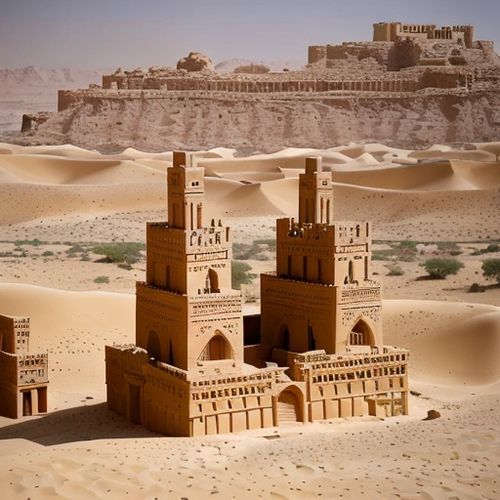
By /May 11, 2025
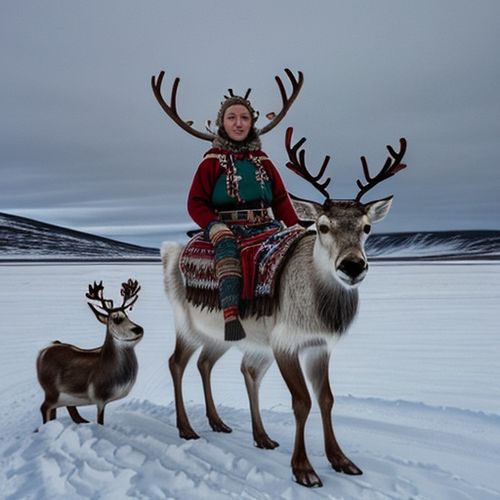
By /May 11, 2025
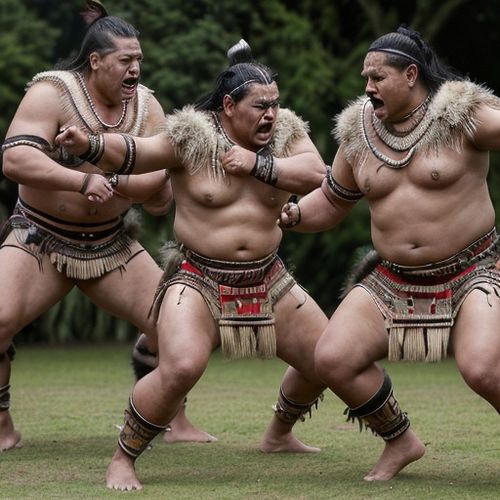
By /May 11, 2025

By /May 11, 2025
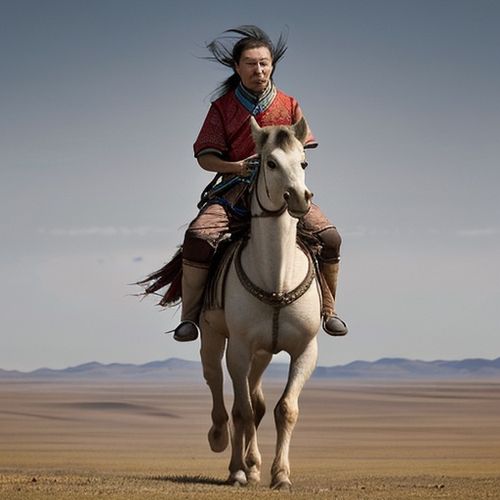
By /May 11, 2025
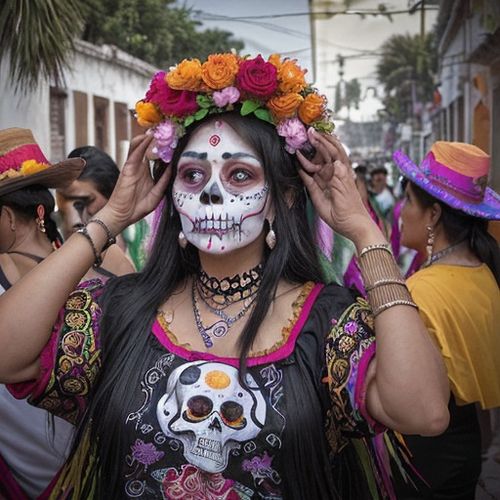
By /May 11, 2025
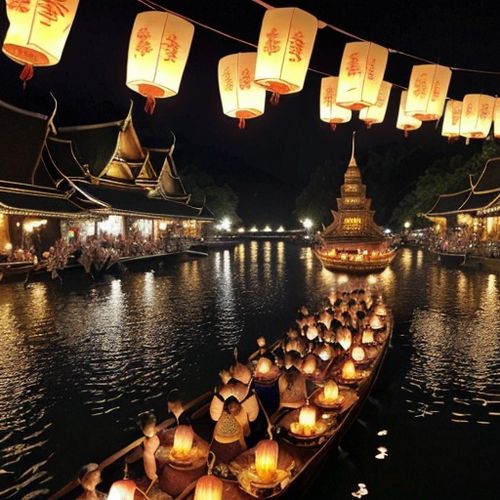
By /May 11, 2025
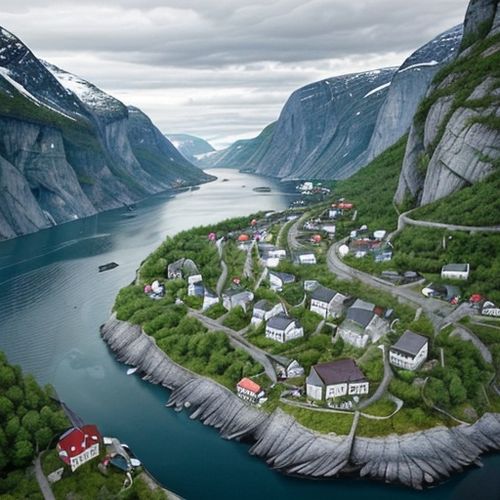
By /May 11, 2025
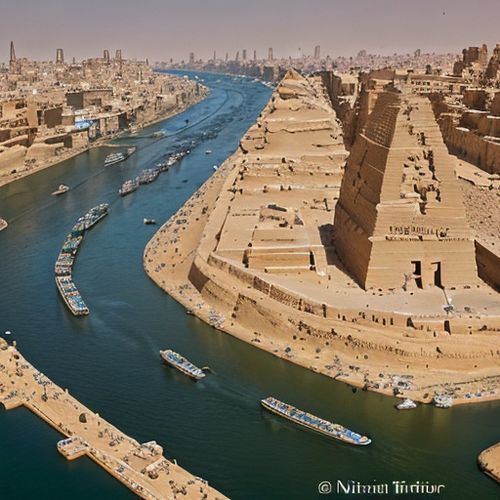
By /May 11, 2025
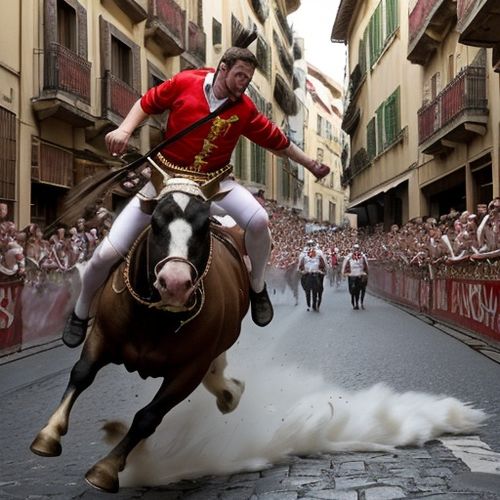
By /May 11, 2025

By /May 11, 2025
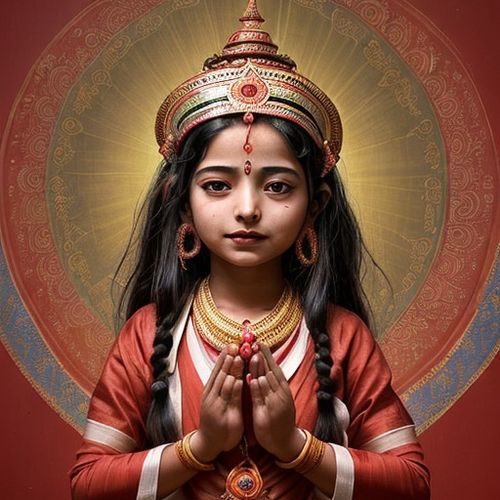
By /May 11, 2025
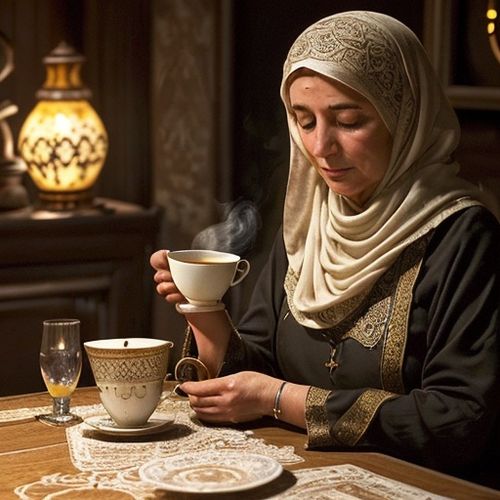
By /May 11, 2025
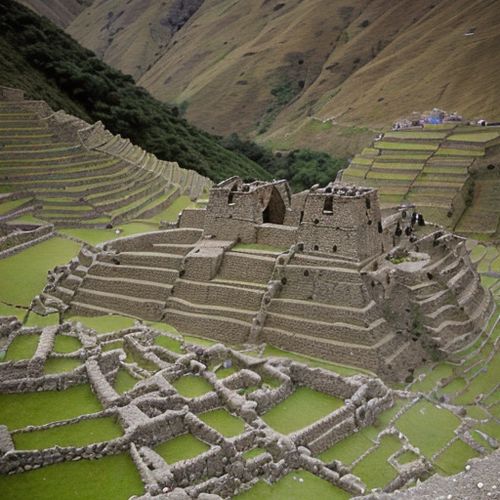
By /May 11, 2025
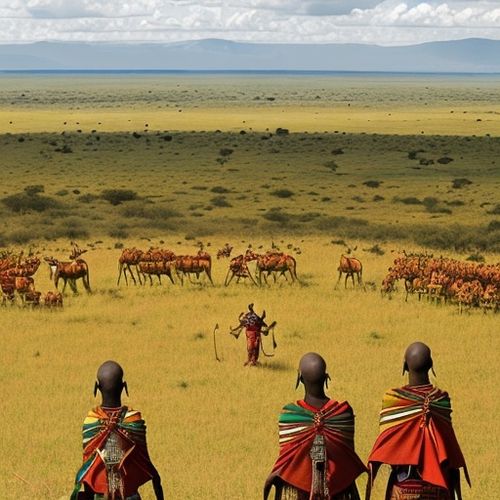
By /May 11, 2025
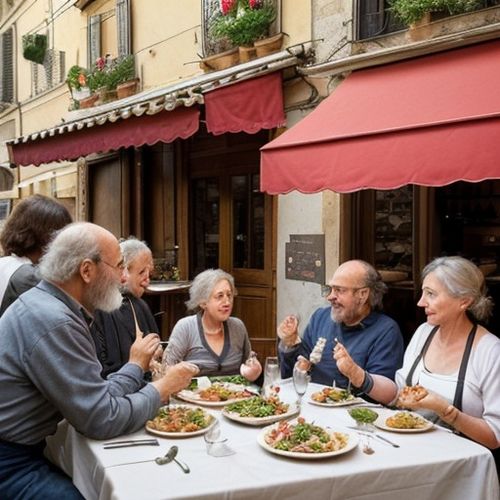
By /May 11, 2025
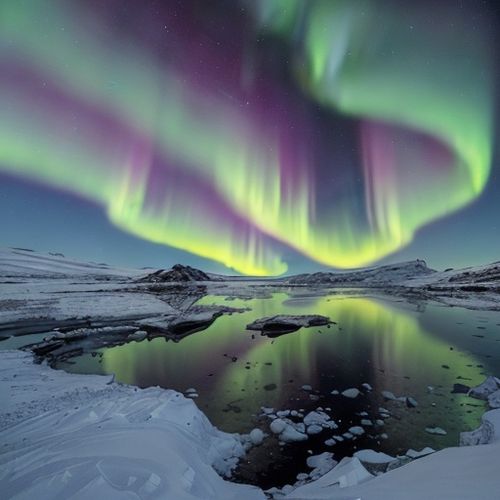
By /May 11, 2025
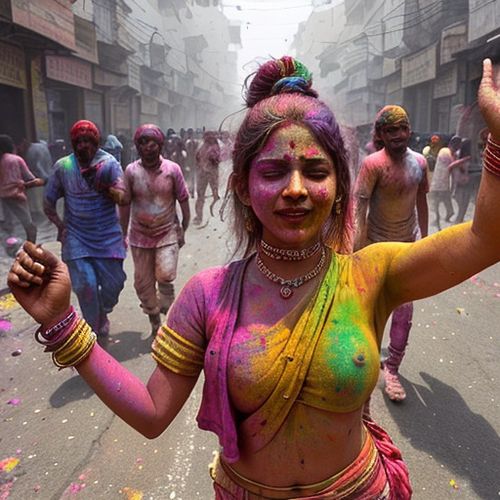
By /May 11, 2025
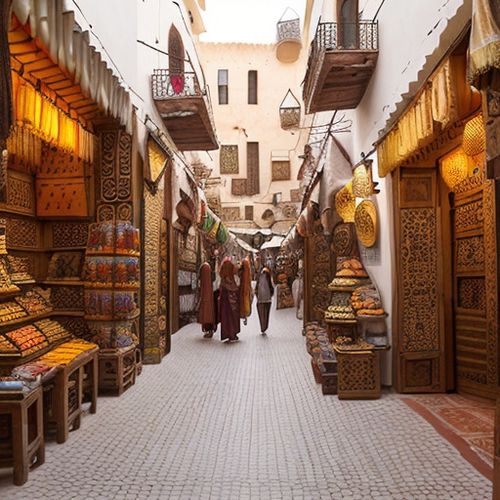
By /May 11, 2025
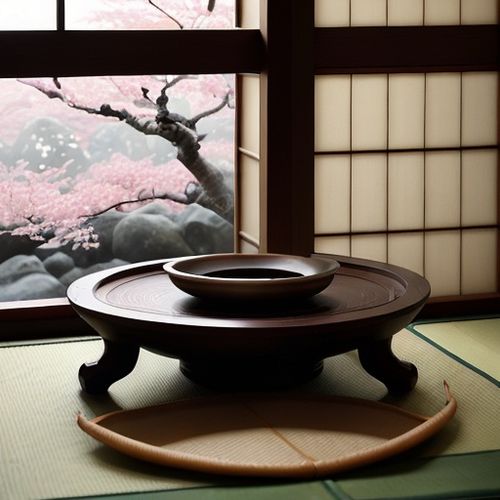
By /May 11, 2025